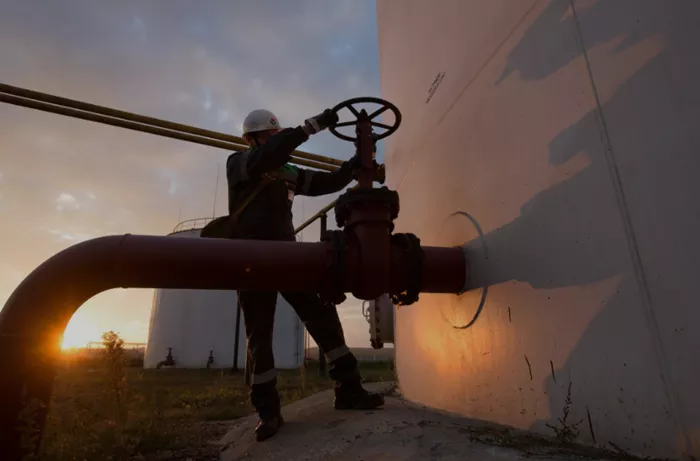This year is poised to witness the highest rate of new oil supply in a decade, with global additions expected to reach nearly 3 million barrels per day (bpd), according to data analyzed by Raymond James. However, whether this new supply reaches the market depends largely on oil prices.
It highlighted the projections from Raymond James, pointing to major projects such as the massive Tengiz field in Kazakhstan and the Bacalhau field in Brazil, which holds an estimated 1 billion barrels of oil equivalent. Additionally, expansions in Saudi Arabia’s oil fields are expected to contribute significantly to this influx of supply.
Raymond James analyst Pavel Molchanov noted, “Investors have not fully grasped just how much new supply from projects is on deck in 2025.” However, he cautioned that these new supplies could be delayed if oil prices remain low, a scenario many analysts anticipate given the current imbalance between supply and demand and weak demand growth prospects.
Despite the varying dynamics of global oil demand, forecasts suggest a significant supply overhang in 2025. The U.S. Energy Information Administration (EIA) predicts a daily overhang of 100,000 barrels, while Raymond James estimates it at 280,000 bpd. The most bearish forecast comes from the International Energy Agency (IEA), which anticipates a supply surplus of 600,000 barrels daily. If these projections hold, the new supply may struggle to reach the market.
Already, signs indicate that the oil industry may not be able to boost production regardless of prices. U.S. oil executives have expressed little interest in returning to the unrestricted drilling approach that characterized earlier years. According to S&P Global’s Daniel Yergin, the current oil price levels make further expansion economically unfeasible. However, Energy Secretary Chris Wight countered that efficiency gains could still make shale production profitable even at lower prices, such as $50 per barrel.
Shale production, particularly in the U.S., has always been more sensitive to global oil prices due to its higher production costs. In contrast, Saudi Arabia, with its low-cost fields, remains bound by its OPEC+ production targets. Recently, Saudi Arabia had to pressure other OPEC+ members to adhere to stricter production cuts to compensate for their ongoing overproduction. This situation does not seem conducive to substantial production growth unless a surge in demand occurs.
A sudden surge in demand appears unlikely. However, with the U.S. administration pushing to reduce Iran’s oil exports to zero, supply could tighten further. As of January, Iran’s crude exports averaged 1.6 million barrels daily. If sanctions lead to a significant drop in Iranian exports, oil prices could find some relief—at least temporarily—creating space for the new supply additions predicted by Raymond James.
Last year, global oil output grew by 800,000 barrels daily. In contrast, the expected increase of nearly 3 million bpd this year marks a significant jump. This sharp rise prompts the question: why is there a need to increase production if demand remains weaker than before?
The answer may lie in recent comments by Fatih Birol, head of the International Energy Agency. At the CERAWeek conference, Birol emphasized the critical need for continued investment in upstream oil and gas fields to ensure global energy security. His comments marked a departure from his previous stance, which largely focused on the global energy transition and a reduced reliance on fossil fuels.
Birol stressed, “There is a need for oil and gas upstream investments, full stop,” citing the ongoing decline of existing fields as a key issue. This signals that, despite disappointing demand projections, the world’s oil consumption remains substantial and continues to grow—albeit at a slower pace than post-pandemic levels. As a result, new supply is being developed to meet long-term needs, even as short-term market conditions may delay its full arrival.

